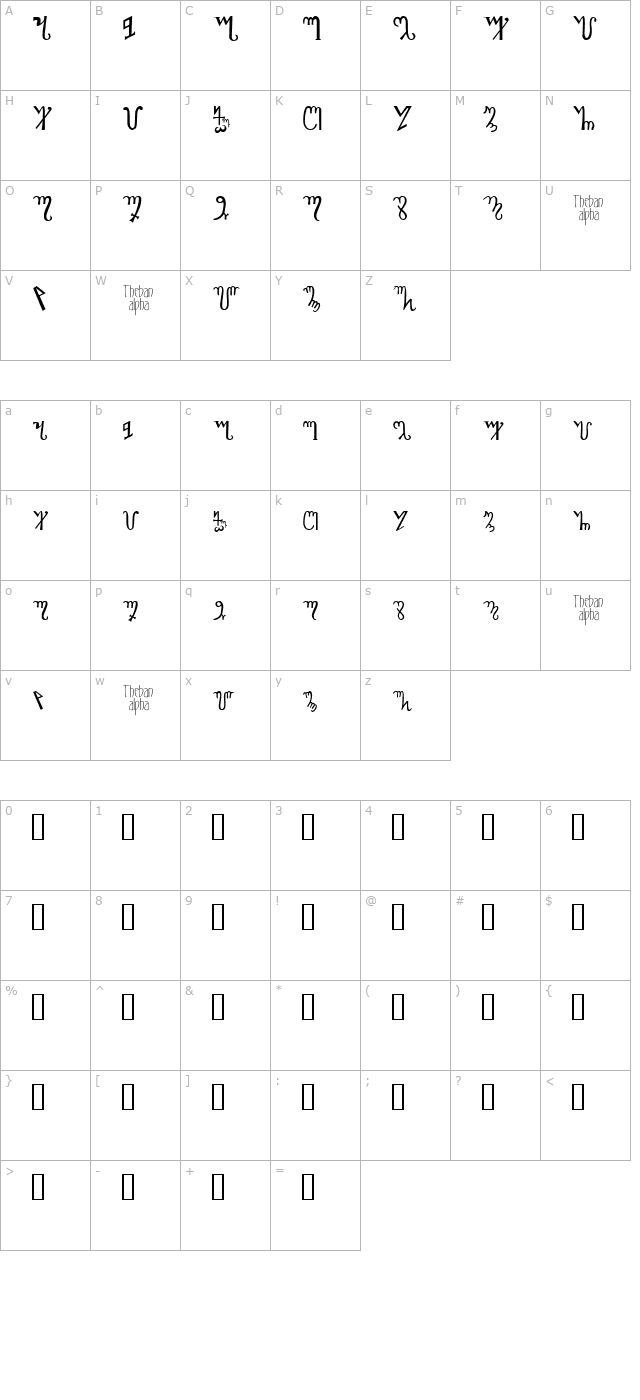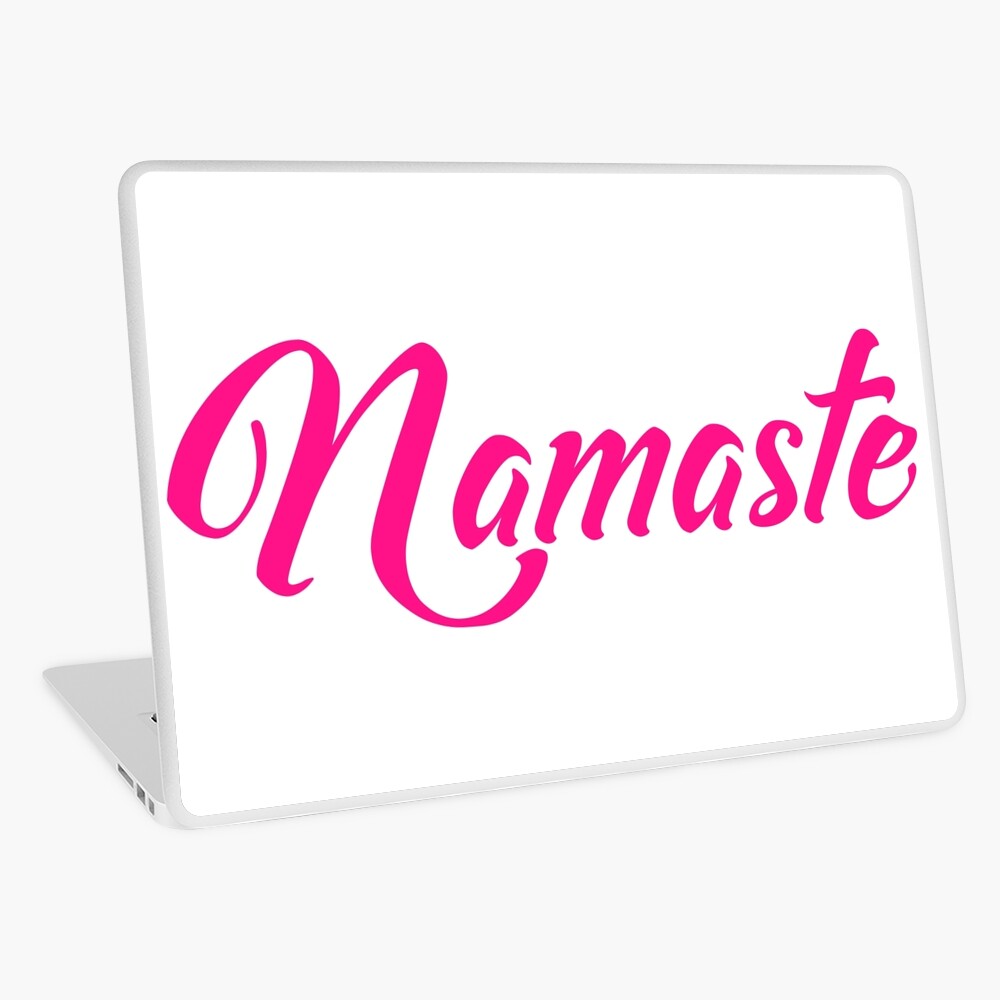Sanskrit Font For Mac
One question that comes up a lot is how to generate a long mark or macron over vowels. It's 'exotic' enough to be outside the normal Western European character set for French, Spanish, German and so forth, so the usual rules do not apply.
Sanskrit Fonts For Mac
Hindi Sanskrit Font is a Regular TrueType Devanagari Font for Windows, MAC and Linux. Hindi Sanskrit Nepali Font is clear to use and is used officially purpose. Make sure that the Font from the dropdown list matches that of the document you are creating. If you doing some other function, such as filling out a Web form, select Times New Roman as the Font. Look in the grid for the symbol you want. If necessary, use the scroll bars on the right to view more characters. Origin of Hindi Fonts. F ont is used synonymously with the term typeface and has it origin since the beginning of 1980's. Different sizes of a single style—separate fonts in metal type—are now generated from a single computer font, because vector shapes can be scaled freely.
This Page: Windows | Macintosh OS X | HTML | Other Accents
Where it's Found
Despite it's 'exotic' status, the macron is actually used in quite a few cases, including.
- Latin long marks
- Old English
- Japanese Romaji long vowels (and Korean)
- Maori, Hawai'ian, and other Polynesian languages
- Transliterations of many languages of India including Sanskrit
In short, a lot of Classicists, religious scholars, linguists and actual speakers would like to be able to generate a long mark.
If only it weren't so complicated....
Windows
Character Map
Unfortunately, the Character Map, which requires you to cut and paste individual symbols, is still the most reliable option. You can also see the Penn State Character Map instructions for directions with screen captures.
- Click on the Windows Start menu, then All Programs (Start » All Programs) on the lower left of your screen. Select Programs » Accessories » System Tools » Character Map.
- A window should open which displays a series of characters in a grid as in the image below.
- Make sure that the Font from the dropdown list matches that of the document you are creating. If you doing some other function, such as filling out a Web form, select Times New Roman as the Font.
- Look in the grid for the symbol you want. If necessary, use the scroll bars on the right to view more characters.
NOTE: Many Windows fonts include Cyrillic and Greek letters by default. For other scripts, use Arial Unicode or some other appropriate font. - If the character you want is not in the grid, change the font to Arial Unicode MS, Lucida Sans Unicode, Tahoma, Times New Roman, Arial or some other appropriate font.
- Double-click on any character you wish to insert then click the Select button to make it appear in the Characters to Copy field. You can Select more than one character at this time.
- Highlight one or more of the characters in the Characters to Copy you wish to insert then click the Copy button.
- Minimize from the Character Map window, and open or switch to the application window in which you wish to insert a the character.
- Position your cursor in the location you wish to insert the character.
- Under the Edit Menu, choose Paste (or use the keyboard shortcut Control+V). The character should appear.
- If necessary, change the font of the inserted character to the one selected in the Character Map.
Alt Codes (Word 2003 Only)
If you are using Word 2003 for Windows XP, then these numeric codes will work. You may wish to experiment in other programs to see if these work.
Note: These only work with a numeric keypad.
|
|
Macintosh OS X
There are a number of accent codes beyond the usual acute, grave, umlaut and circumflex, BUT you must activate the Extended Keyboard to use these codes.

Activate the Keyboard
Sanskrit 99 Font For Mac
You can also see the Penn State Macintosh Keyboard page for instructions with screen captures.
- Go to the Apple menu and open Systems Preferences. Click the International icon on the first row of the Systems Preferences panel.
- Click the Input Menu tab and check the keyboards you want activated.
- Check the option for the U.S. Extended Keyboard, then close the panel.
- Open a software application such as a word processor, spread-sheet or any other application in which you need to enter text.
- On the upper right portion of the screen, click on the American flag icon. Use the dropdown menu to select a keyboard such as 'U.S. Extended'.
- The keyboard will be switched and an appropriate font will be selected within the application. A flag icon corresponding to the keyboard will be displayed on the upper right.
Note: If the keyboard selection is grayed out, then you are using an older application which does not support Unicode keyboards. - To switch back to the U.S. keyboard or to some other keyboard, click on the flag icon on the upper right and select a keyboard from the dropdown menu.
Extended Keyboard Accent codes.
Sanskrit Text Font For Mac
Additional codes are listed on the Penn State Computing with Accents Page.

| ACCENT | SAMPLE | TEMPLATE | NOTES |
|---|---|---|---|
| Macron | Ō,ō | Option+A, X | Latin long mark, plus long Y (Ȳ) and long ash (Ǣ). Use Option+K,A if you need A-ring. |
| Breve | Ŏ,ŏ | Option+B, X | Short vowel mark |
| Circumflex | Ŵ,ŵ | Option+6,X | Works with any letter. Note difference from Option+I in U.S. Standard keyboard. |
| Nasal Vowel Tilde | Ẽ,ẽ | See Notes | Use Option+N to place a tilde over any vowel |
| Hacheck | Č,č | Option+V, X | Used in Czech and other languages |
| Strikethrough Bar | ł,ɨ | Option+L, X | Works with L,I,O |
| Subscript Dot | ṣ,ḍ | Option+X, X | Used to indicate retroflex consonants |
| Superscript Dot | ṡ,ḟ, | Option+W, X | Used in Polish and Old Irish. |
Top of Page

HTML Codes
Use these codes to input accented letters in HTML. For instance, if you want to type bōnus with a long O, you would type bōnus.
NOTE: Your page should declare utf-8 (Unicode) encoding or else the characters may not display in older browsers. Because these are Unicode characters, the formatting may not exactly match that of the surrounding text depending on the browser.
|
|

Top of Page
Other Accents
Besides the macron (e.g. ā), there's also the short mark or breve (ă), the hachek (ǎ), the superscript dot (ȧ), the subscript dot (ạ), exotic tildes (ẽ) and exotic cedilles (ş).
Instructions for these codes are listed at
Top of Page
